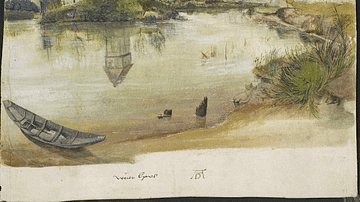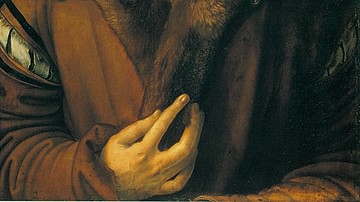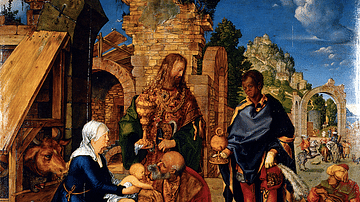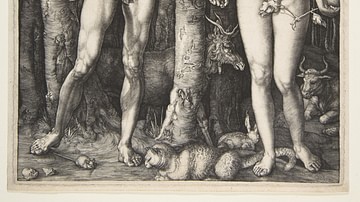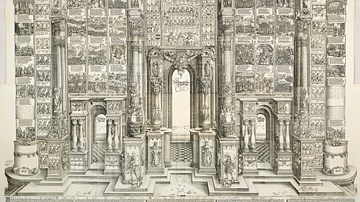Illustration
The Dürer House is the only largely originally preserved Renaissance artists' house in Northern Europe. Albrecht Dürer (1471-1528) lived and worked here from 1509 to 1528. At the same time, it is a unique testimony to the bourgeois culture from Nuremberg's heyday.
From 1828, Dürer's former home and workshop initially became an artist memorial - the first in the world since the 16th century. In 1871, in cooperation with the City of Nuremberg, which had owned the house since 1826, and the Albrecht Dürer House Foundation, it was repaired and the museum opened.
Fortunately, the Dürer House survived the devastating air raids of World War II, which destroyed 90% of Nuremberg's old town. Despite considerable damage, it could be reopened in 1949 with the support of the foundation.
Albrecht Dürer (the younger) was one of the most influential, versatile and important figures in European art and is therefore often regarded as Germany's most famous painter.
In contrast to many of his contemporaries and predecessors, he was one of the few artists who also dealt with the theory of creating art. So it is not surprising that, in addition to his numerous paintings, copper engravings and woodcuts, he also published several books dealing with human proportions or geometry, for example.
Without a doubt, a large part of Dürer's fame is due to his numerous detailed pictures. With these, he was always careful to depict nature as faithfully as possible and to show every little detail. A feat that no other painter before or after could surpass.
About the Author
Cite This Work
APA Style
Manea, I. (2022, May 06). The House of Albrecht Dürer. World History Encyclopedia. Retrieved from https://www.worldhistory.org/image/15759/the-house-of-albrecht-durer/
Chicago Style
Manea, Irina-Maria. "The House of Albrecht Dürer." World History Encyclopedia. Last modified May 06, 2022. https://www.worldhistory.org/image/15759/the-house-of-albrecht-durer/.
MLA Style
Manea, Irina-Maria. "The House of Albrecht Dürer." World History Encyclopedia. World History Encyclopedia, 06 May 2022. Web. 31 Oct 2024.



